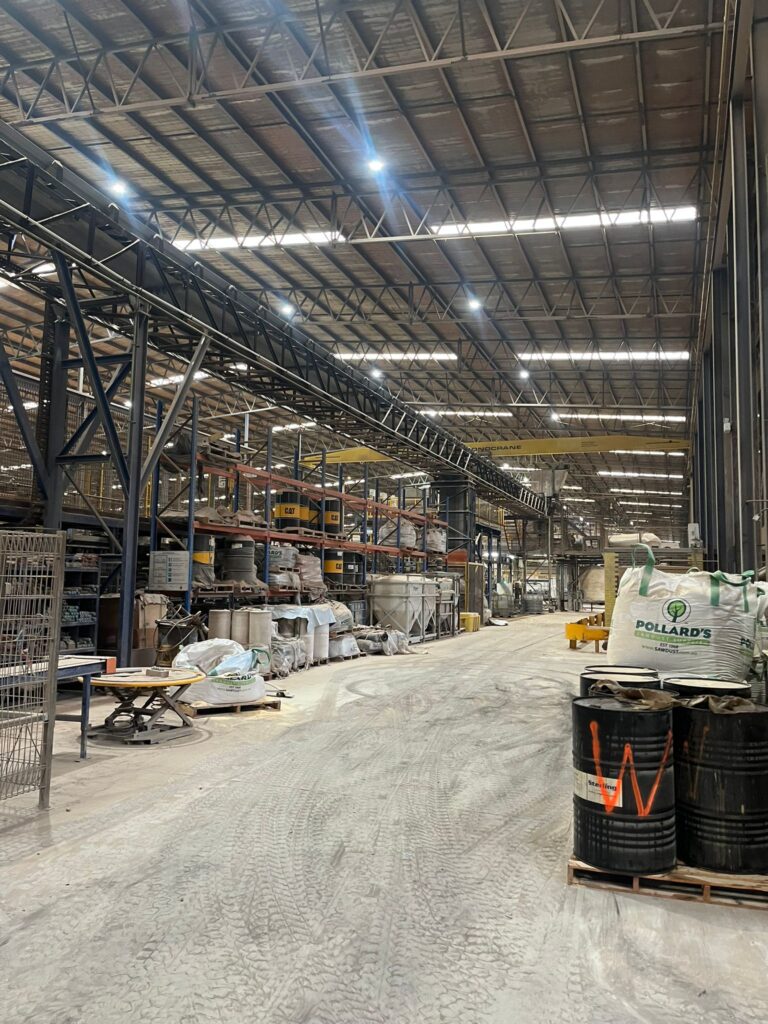Global pharmaceutical sales have leapt six-fold in the past two decades, and supply chains have stretched worldwide to keep pace and reduce costs. The rise of ‘on-demand’ healthcare (driven by direct-to-consumer models) and personalised medicine has propelled this growth, with the online pharmaceutical market projected to grow to a record US$128 billion by 2023. A consequence of this growth is the need for supply chains to become more resilient in order to withstand unprecedented shocks and sustain high demand in volatile environments. The good news is that the pharmaceutical industry is relatively well insulated from supply chain risks thanks to higher inventory holdings as buffer stock for contingency. However, it is still vulnerable to trade tensions, cyberattacks and other ‘black swan’ events such as COVID-19. With it not being possible to remove all risks, supply chain resiliency is a top consideration now and for the future.
In a world of global supply networks, the pharmaceutical industry currently sources almost half of its active product ingredients (APIs) from Asia, due to its cheaper labour and lower manufacturing costs. Whilst COVID-19 heralded an unparalleled level of global pharmaceutical cooperation (most notably the emergence of COVID-19 mRNA vaccines), it also highlighted some poignant weaknesses, one of which includes focussing on single geographical regions for API production.

This led to severe stock shortages in personal protective equipment, ventilators and drugs. Supply chain executives must tackle this issue through extensive mapping of the supply chain to be able to identify where an organisation can shift risk and ensure transparency. It is particularly important in a world where more third-party manufacturers are used than ever before
As most manufacturers of APIs are based in China and India (the latter API market is projected to grow by 12% per annum between 2021-2027), finding alternative sources will take time. It is essential to start implementing solutions
to diversify sourcing and many companies have begun considering their reshoring options. This has typically been slow as a result of the careful and complicated balance between cost, labour and tax implications. Perhaps now is the time to start contemplating domestic production or to maintain overseas manufacturers but have secondary facilities in one’s home country? Recently, AstraZeneca announced that the company will build their own API manufacturing facility near Dublin, to meet their medicinal needs with improved agility and resiliency.
Enhanced digital and automation capabilities (for example, 3D printing capabilities as a catalyst for personalised medicine) will help improve supply chain resiliency. Underpinning these capabilities, leveraging artificial intelligence will assist in simulating supply chain risk scenarios, tracking suppliers, identifying waste and ensuring that product quality is maintained.
At the heart of this, organisations should ensure that supply chain resiliency is high on executive committee agendas going forward. Fundamentally, there is a need to consider alternate sourcing options through transparent supply chain mapping and companies should continue to enhance their digital capabilities to improve overall supply chain resiliency.
Authors: James Alberts, Sophie Reid, Kerry Pickstone







